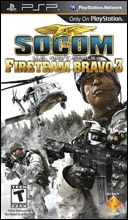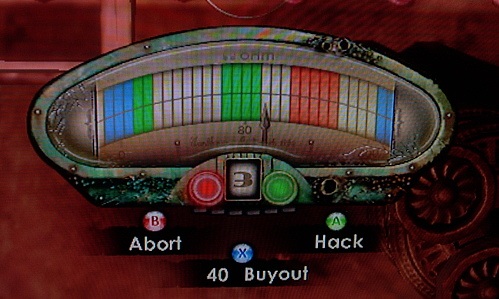 Sony’s PSP has a piracy problem. The company has complained about it, game developers fret over it and the download-only PSP Go exists partly because of it. But Sony’s newest scheme to prevent PSP piracy takes things too far, punishing players who’ve done nothing wrong.
Sony’s PSP has a piracy problem. The company has complained about it, game developers fret over it and the download-only PSP Go exists partly because of it. But Sony’s newest scheme to prevent PSP piracy takes things too far, punishing players who’ve done nothing wrong.
IGN reports that SOCOM: U.S. Navy SEALs Fireteam Bravo 3, out this week, won’t play online without a voucher code that’s included with the game. If you buy the game used, you’ll need another voucher, which costs $20 on its own. I also wonder whether people whose PSPs are lost or stolen will have to pay another $20 to restore SOCOM’s online play.
The game costs $40 new, so until the used version costs half that, you won’t save any money on a used copy if you intend to play online. GameStop currently lists used copies of SOCOM 3 at $33, so it doesn’t seem that the extra expense for multiplayer is driving down used prices.
What Sony is doing isn’t novel. Electronic Arts chief executive John Riccitiello is fond of saying he views illegal downloads as potential sales, in that people may decide they like the game enough to purchase some downloadable content. Sony’s approach is more sinister, effectively withholding a portion of the game from people who are technically paying for the whole thing.
I’m no pirate, which is why it pains me to see legitimate buyers become collateral damage in the piracy war. Sony’s director of hardware marketing, John Koller, won’t say whether the company will use this anti-piracy tactic in other games. It’s a trial run, he told IGN. Hopefully, the experiment is short-lived.








